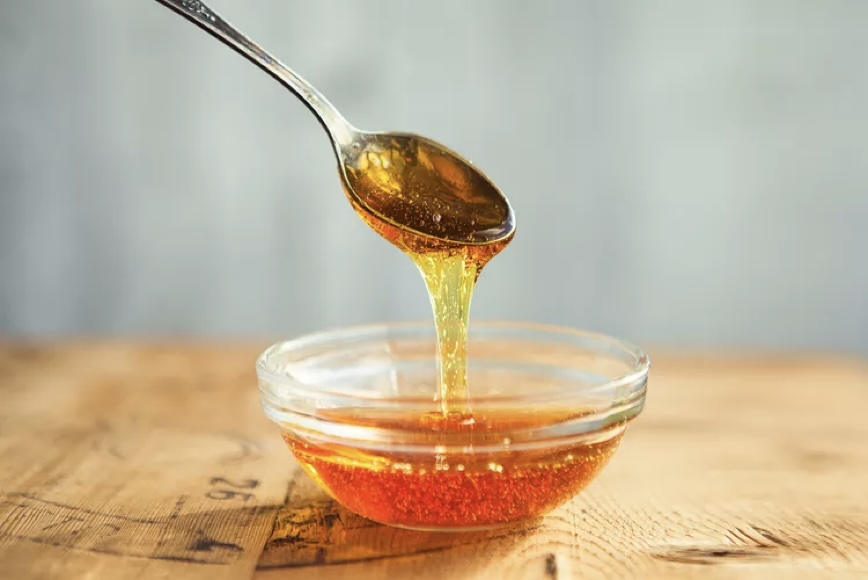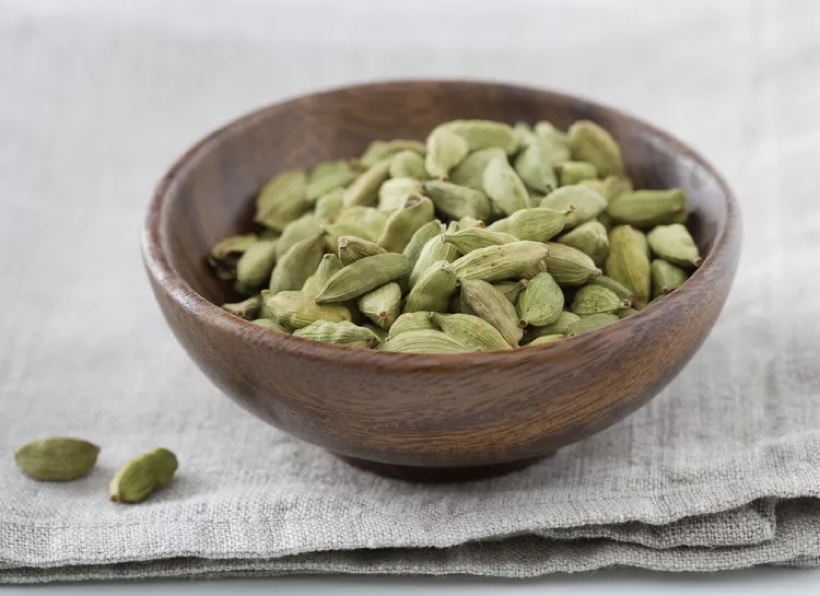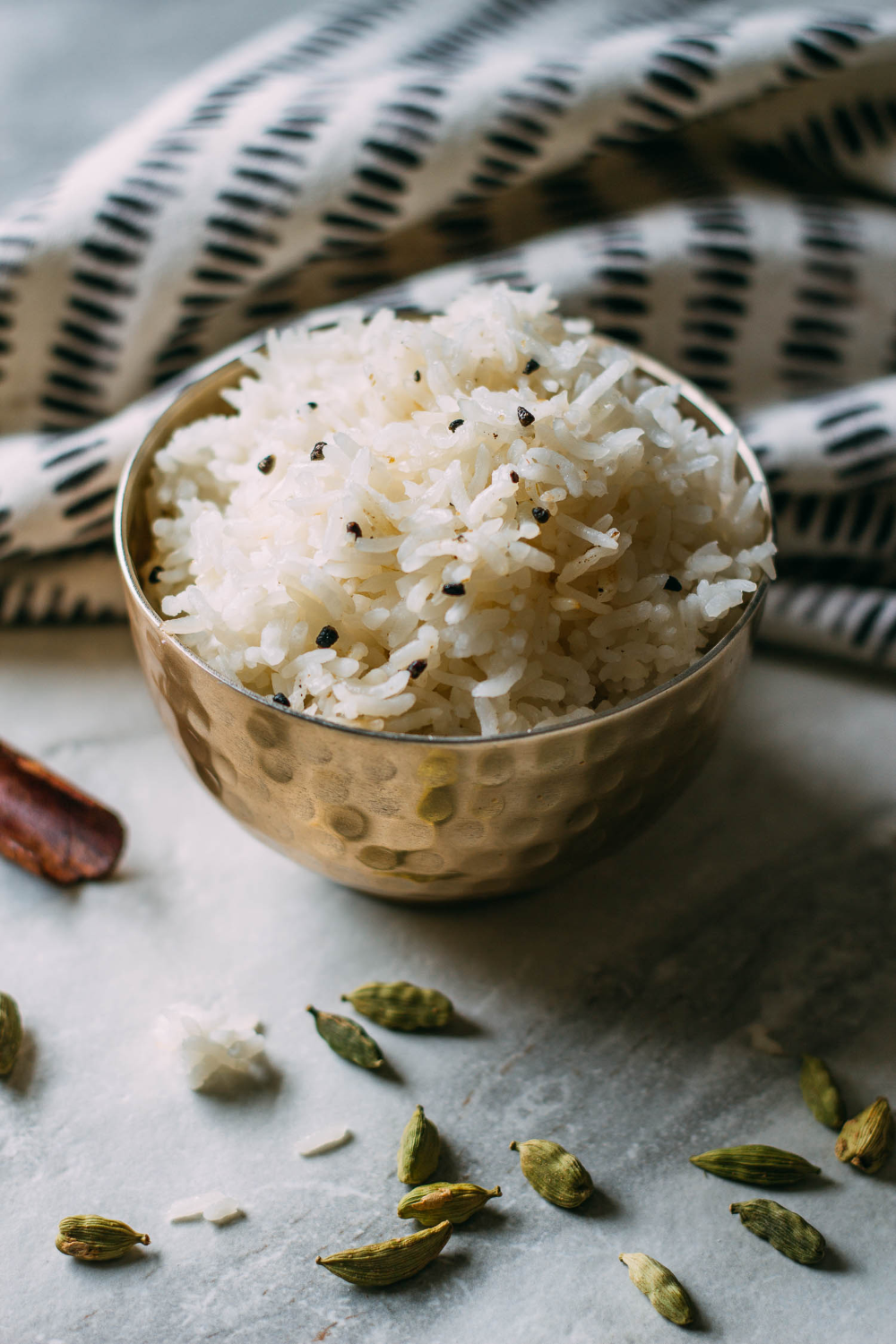Recipe Elevation—Here’s How!
Elevating recipes—what does that mean, really? It’s what professional chefs do to take a recipe from “It’s fine,” to “HOLY COW, it’s AMAZING!”

Read on for some hot tips from professional chefs on how to elevate everyday cooking by adding a few basic ingredients (some may already be in your cupboard or pantry).
For starters, try raw HONEY. It’s perfect for adding a more complex element than just plain sugar. Many soups and sauces benefit from a pinch of sugar to balance acidity, but a smidge of honey does this with a more natural overtone—adding layers of flavor and better nutrition, too boot.

Then there’s FISH SAUCE. This adds umami, saltiness, depth, and amazing savoriness. Consider swapping out a little of the recipe’s salt for a bit of fish sauce, and notice how the flavor profile deepens and improves.
Speaking of salts, also look to SPECIALTY SALTS. Any chef will tell you that not all salt is alike and that a special salt can elevate your cooking to the next level. Flaky sea salt, like the widely available Maldon Sea Salt, is used as a finishing salt and adds last-minute seasoning to meats, vegetables, fruit, and just about anything that needs a pinch of salt. Professional chefs all agree that it’s one of the greatest and easiest ways to elevate food.
Lastly, look to GREEN CARDAMOM. Chefs all over the world are discovering its versatility. It works with savory and sweet dishes. It adds spice and dimension to cakes, scones, cinnamon rolls, and donuts. And, for savory cooking, try infusing some in ghee over low heat on your stove top. It’s marvelous in Asian cooking and works well with curry, too.

While it’s worth adding cardamom to your food for flavor alone, its health benefits are also something to consider. It’s related to ginger and can be used the same way to relieve nausea, acidity, bloating, gas, heartburn, loss of appetite, and constipation. Cardamom also helps the body eliminate waste through the kidneys and cleans out the urinary tract, bladder, and kidneys. It helps fights off infection, as well. Finally, many cultures chew cardamom after meals or any time breath needs freshening.
I’ll close with a terrific recipe (from www.veeg.com and Renee DeLeon) that uses cardamom to elevate cooked rice. After your first bite or so, you may come to think of cardamom as a recipe rock star. This batch makes enough for about 22 generous one cup servings and freezes well, making it a terrific make-ahead dish.
Creamy Cardamom Rice

Yield: 22 1-cup servings
Ingredients:
4 1/2 cups rinsed and soaked rice (your choice; adjust cooking times according to package instructions)
1 (13 1/2-ounce) can unsweetened coconut milk
1 (13 1/2-ounce) can (empty coconut milk can) water
1 tablespoon (generous) cardamom pods smashed to loosen some of the seeds (ground cardamom in place of smashed cardamom pods will work also)
1/2 to 1 teaspoons ground cardamom
1/2 cinnamon stick or 1/2 teaspoon ground cinnamon
2 bay leaves
Directions:
MAKE RICE: either in rice cooker or on stove top.
To make rice on the stovetop, begin by pouring the lite coconut milk and water into a large saucepan with a tight-fitting lid and bring to a boil.
Once the liquid is boiling, add the rice, crushed cardamom pods, ground cardamom, bay leaves and cinnamon to the boiling liquid. Stir just enough to make sure that the rice is separated.
Cover the pot and reduce the heat to a low simmer. Turn down the heat to the lowest setting. Allow the rice to simmer for about 18 to 20 minutes, and then remove from heat. Let the rice steam in the cooking pot for another 5 to 10 minutes or so, undisturbed.
Before serving, remove the significant bits of cooked spices, such as the broken hulls of the cardamom pods, but leaving a few of the lovely blackish-brown cardamom seeds, if you like. Fluff the rice a bit with a fork, serve and enjoy!
NOTES
Rinsing and soaking the rice before cooking aides its digestibility. Soaking makes all grains more digestible because it breaks down some of the trickier proteins and neutralizes things called phytates. If you have the time and forethought, soak the rice overnight, then drain and cook as you usually would. If you do not have time to soak overnight, by all means, soak it as soon as you think of including it in your menu.
Regarding the cardamom pods: place whole pods on a paper towel or clean dish towel folding it over to enclose and secure the pods. With a wooden spoon or tenderizer tool, mash the covered, secured pods a time or two to break them open. Breaking them open allows the seeds to escape, allowing their aromatic flavor to distribute throughout the rice.
To make rice on the stovetop, begin by pouring the lite coconut milk and water into a large saucepan with a tight-fitting lid and bring to a boil.
Once the liquid is boiling, add the rice, crushed cardamom pods, ground cardamom, bay leaves and cinnamon to the boiling liquid. Stir just enough to make sure that the rice is separated.
Cover the pot and reduce the heat to a low simmer. Turn down the heat to the lowest setting. Allow the rice to simmer for about 18 to 20 minutes, and then remove from heat. Let the rice steam in the cooking pot for another 5 to 10 minutes or so, undisturbed.
Before serving, remove the significant bits of cooked spices, such as the broken hulls of the cardamom pods, but leaving a few of the lovely blackish-brown cardamom seeds, if you like. Fluff the rice a bit with a fork, serve and enjoy!
NOTES
Rinsing and soaking the rice before cooking aides its digestibility. Soaking makes all grains more digestible because it breaks down some of the trickier proteins and neutralizes things called phytates. If you have the time and forethought, soak the rice overnight, then drain and cook as you usually would. If you do not have time to soak overnight, by all means, soak it as soon as you think of including it in your menu.
Regarding the cardamom pods: place whole pods on a paper towel or clean dish towel folding it over to enclose and secure the pods. With a wooden spoon or tenderizer tool, mash the covered, secured pods a time or two to break them open. Breaking them open allows the seeds to escape, allowing their aromatic flavor to distribute throughout the rice.
Recipe formatted with the Cook'n Recipe Software from DVO Enterprises.
 Alice Osborne
Alice Osborne
DVO Newsletter Contributor since 2006
Email the author! alice@dvo.com
Sources:
- www.feastandfarm.com
- www.affamatanbpt.com
- www.gardenerspath.com
- www.marthastewart.com
